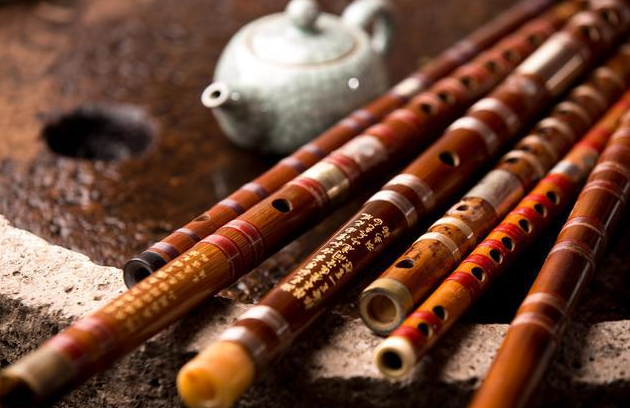What is the difference between the flute song "Hundred Birds" and the suona song "Hundred Birds Chaofeng"?
The flute song "Hundred Birds Introduction", as the name suggests, is to imitate various bird calls in nature with a flute, to attract the attention of the birds in nature, so as to integrate with nature, so that bird calls and flute sounds are combined into one, to reflect The unique charm of flute music. One of the stunts of the flute is to imitate the sound of birds, which is very expressive. I believe everyone has heard another flute song "Morning in Miaoling". This classic flute tune is to imitate the sound of birds with a mouth flute, as if to bring everyone into the morning when the birds sing happily. And Bainiaoyin is actually a classic flute song adapted from the famous suona song "Hundred Birds Chaofeng". It's just that the flute music and the suona music have different flavors. The flute is more capable of imitating nature's bird calls, and the suona is similar.
The original name of the flute song "Hundred Birds Yin" is "Hundred Birds Sound", which is also a famous suona song, but it is adapted and played with a flute. It was transplanted to the flute by Yin Minshan, a blind folk artist in the early 1950s. This piece has unique techniques and distinct personality. It adopts folk techniques and vividly shows the rich artistic conception of bright spring and birds contending. This master is still in the situation of fleeing the desert and begging for food, and he has mastered the chirping of various birds and beasts. Although he is blind, everyone is impressed by his skills. Among them, the beautiful melody of "Hundred Birds", "Zou Beasts" and "Fan Zi Diao" is amazing! And won the title of flute player with the superb skills of these pieces, which is legendary!

Later, with the development and support of the flute player Lu Chunling, after reorganization, there is the current classic "Hundred Birds" in the field of flute music. There are also many masters who continue to surpass the classics and use their own unique style of performance skills to bring this piece to the stage around the world. It can be said that Dizi Qu's "Hundred Birds" is a unique masterpiece that imitates the sounds of birds in nature. The Suona's "A Hundred Birds Facing the Phoenix" is naturally very different from the flute music. It mainly expresses the dignity of the king of birds, the Phoenix, in the artistic conception. The artistic conception and charm of the main suona music are the most difficult to grasp. In fact, the skills of the suona music are completely different from those of the flute.
The Suona song "Hundred Birds Towards the Phoenix" is also "Hundred Birds Sound", but the sounds of some animals have been deleted later to make the whole song more harmonious and more beautiful. Generally, classic songs have been continuously improved and perfected before they have the meaning of classics. The same is the "Hundred Birds Sound", the flute music is more vivid, and the suona music is more similar, each of which has its own charm. It's just that the instruments used are different and the techniques are different, so it feels like two different styles of music. Their musical notation is the same, but the skills are different, the skills are not used the same, and the degree of difficulty is great.
Whether it is playing the flute or the suona, this "Hundred Birds" can only be mastered by master-level talents. Like some geniuses in the folk, there are also many talented people. It's just rare to see someone as outstanding as Senior Yin Minshan! What's more, he is also a blind master. It is really rare to be able to play the flute in the style of a master. It is simply rare. And this "Hundred Birds" is indeed a classic Divine Comedy played by musical instruments. Both flute and suona solos require a strong foundation, and you have to go to nature and listen to the sounds of various birds singing together. Only then can you find the most suitable one expression of skills.
 渝公网安备 50010702504639号
渝公网安备 50010702504639号